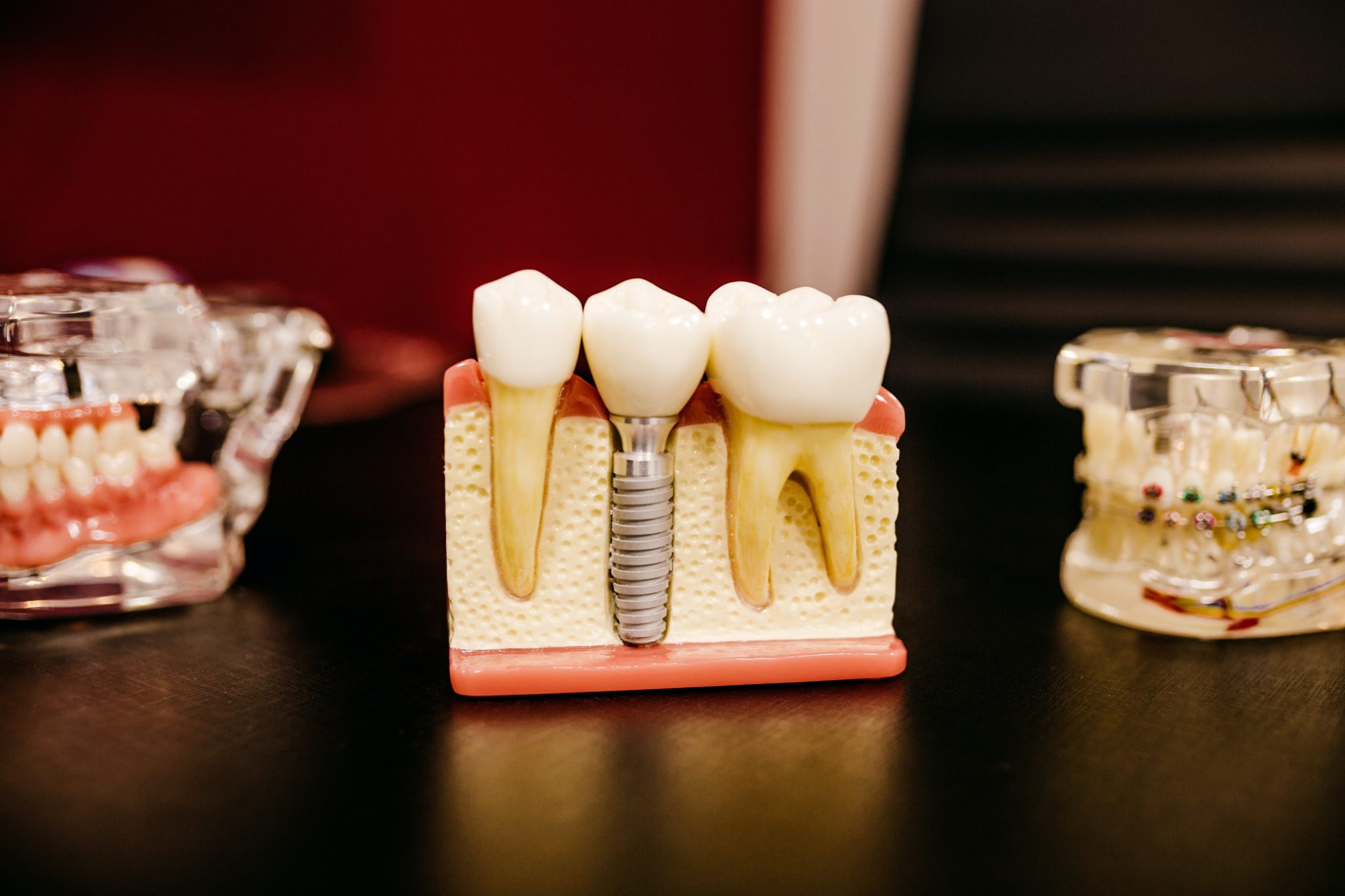

As a dentist, you know that Implant crowns are increasingly popular for restoring a damaged or missing tooth. They provide a strong, secure fit and a more natural-looking result than traditional crowns.
But what’s the difference between the two? More importantly, how to explain that to your patients so they can make well-informed decisions together with you?
In this article, we’ll explain the differences between implant crowns and traditional crowns, including anatomy, materials, placement process, functions, and costs.
A dental crown is a cap placed over a tooth to restore its size, shape, strength, and appearance. Crowns are typically used when a tooth has been damaged by decay or injury or when it needs to be held in place following a root canal.
A dental implant crown is a crown that is placed on top of a dental implant to restore the look, feel, and function of a missing tooth. Dental implant crowns are supported by the implant itself and can provide a more permanent solution than traditional crowns.
Learn more about Keating's stellar Dental Crowns and Bridges.
Dental crowns and dental implant crowns are different in various aspects. Below, we’ll look into each one to create a better understanding of their specificities.
Dental crowns are placed directly on top of an existing natural tooth for support.
Dental implant crowns, on the contrary, are attached to a titanium post embedded in the jawbone, which acts as the root for the new tooth.
Dental crowns are typically made of materials such as porcelain, gold, or composite resin.
Dental implant crowns are usually made of porcelain or a combination of porcelain and metal.
Placement of a dental crown requires grinding down the natural tooth and fitting it with a crown.
Placement of a dental implant crown requires an oral surgeon to place a titanium post in the jawbone and attach the crown to it.
The primary function of both types of crowns is to restore the appearance and function of a damaged or missing tooth. In this case, they aren’t different.
The cost of dental crowns and dental implant crowns vary depending on the material used and the complexity of the procedure. That said, dental implant crowns are generally more expensive than crowns since it requires a more complex and delicate procedure.
Learn more about the Full Cast Gold Crowns & Bridges at Keating!
If you want to have an in-depth explanation of the topic, make sure to watch Dr. David Hornbrook's explanation of the differences between Gold Dental Crowns and Ceramic Or Zirconia Crowns.
Yes, dental implant crowns offer several advantages over traditional crowns. They provide a more permanent solution and a secure fit, as they are attached to a titanium post embedded in the jawbone.
They also provide more natural-looking results, as they are typically made of materials that more closely match the color of natural teeth. Additionally, implant crowns can help prevent bone loss in the jaw, as the titanium post acts as a prosthetic root for the missing tooth.
Here’s a breakdown of the advantages of dental implant crowns:
Dental implant crowns are a more permanent solution than traditional crowns, as the titanium post provides a strong and secure base for the crown.
Dental implant crowns are secured to the titanium post, providing a secure fit that prevents shifting and movement.
Dental implant crowns can provide more natural-looking results, as they are made of materials that more closely match the color of natural teeth.
Read more: How Long Is The Procedure For Implant Crowns?
In conclusion, dental crowns and dental implant crowns both serve the same purpose of restoring the appearance and function of a damaged or missing tooth. The primary differences are the materials used, the placement process, and, of course, the cost.
Dental implant crowns provide a more permanent solution and natural-looking results but may be more expensive than traditional crowns. When talking to your patients to decide what is best for them, take that into consideration to determine the best course of action.
Remember that Keating is the number 1 dental laboratory in your area for implant crowns and other cutting-edge dental solutions!
Fill out the form to send us a quick message, and we’ll get back to you right away!
16881 Hale Ave
Irvine, CA 92606
Main Phone: 1-800-433-9833
Request New Doctor Kit
Phone: 1-800-433-9833
Email: [email protected]
Request Shipping Supplies
Phone: 1-800-433-9833
Email: [email protected]
Founded in 2002, Keating Dental Lab is a full-service dental laboratory serving dentists and patients throughout the United States. Think of Keating as your one-stop solution, offering everything from case planning and diagnostic waxing, to full arch implant hybrid restorations.
Thank You!
Your information has been received.
CHECK YOUR EMAIL FOR DETAILS ON HOW TO RECEIVE YOUR DISCOUNT.
Click here to learn more about Keating Dental Lab.

Thank You!
Your information has been received.
If you have a question, or would like to talk to us about a case, give us a call:
877-872-3510
Click here to learn more about Keating Dental Lab.

Thank You!
Your information has been received.
If you have a question, or would like to talk to us about a case, give us a call: 877-872-3510
Click here to learn more about Keating Dental Lab.

{field:firstname}
Get Your Free Keating Doctor Kit
Experience the ‘Keating Difference’
For Licensed Dentists Only.
Join our mailing list and receive: Exclusive Offers, Technology Updates, Product Alerts
Get Your Free Keating Doctor Kit
Experience the ‘Keating Difference’
For Licensed Dentists Only.